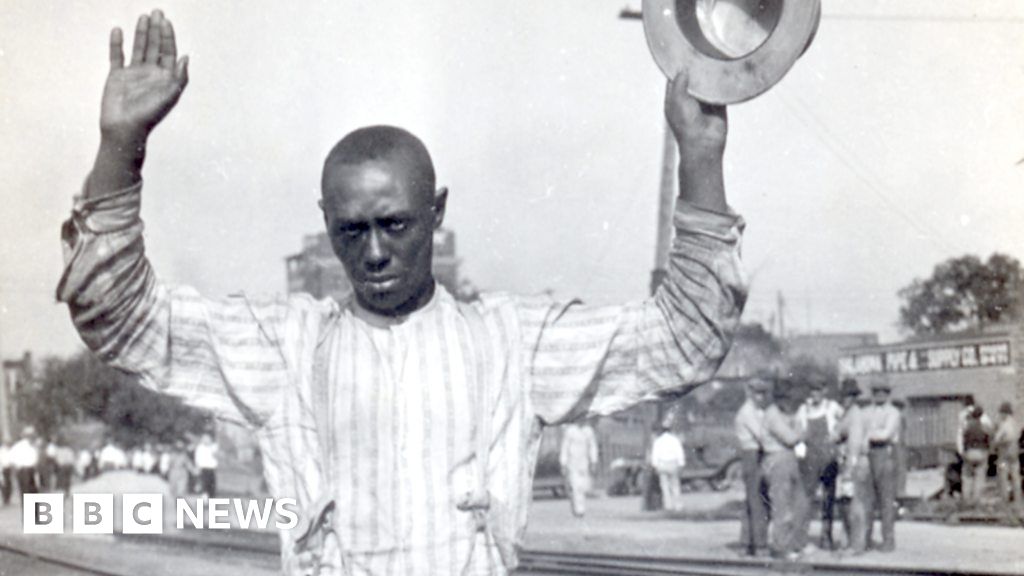The book's original illustrations were done by the author and were simple in style, and depicted Sambo as a Southern Indian or Tamil child.
Little Black Sambo’s success led to many counterfeit, inexpensive, widely available versions that incorporated popular stereotypes of "black" peoples. One example was a 1908 edition illustrated by
John R. Neill, best known for his illustration of the
Oz books by
L. Frank Baum.
[4] In 1932,
Langston Hughes criticised
Little Black Sambo as a typical "
pickaninny" storybook which was hurtful to black children, and gradually the book disappeared from lists of recommended stories for children
n 1942,
Saalfield Publishing Company released a version of
Little Black Sambo illustrated by
Ethel Hays.
[6] In 1943
Julian Wehr created an animated version.
[7] During the mid-20th century, some American editions of the story, including a 1950 audio version on
Peter Pan Records, changed the title to the racially neutral
Little Brave Sambo.
The book is beloved in Japan and is not considered controversial there.
Little Black Sambo (ちびくろサンボ,
Chibikuro Sanbo) was first published in Japan by
Iwanami Shoten Publishing in 1953. The book was an unlicensed version of the original, and it contained drawings by
Frank Dobias that had appeared in a U.S. edition published by
Macmillan Publishers in 1927. Sambo was illustrated as an African boy rather than as an Indian boy. Although it did not contain Bannerman's original illustrations, this book was long mistaken for the original version in Japan. It sold over 1,000,000 copies before it was pulled off the shelves in 1988, when
The Association to Stop Racism Against Blacks launched a complaint against all major publishers in Japan that published variations of the story, which, in turn, triggered
self-censorship among those publishers.
[8][9] In 2005, after copyright of the 1953 Iwanami Shoten Publishing edition of the book expired, Zuiunsya reprinted the original version and sold more than 150,000 copies within five months' time, and
Kodansha and
Shogakukan, the two largest publishers in Japan, published official editions. These are still in print, and as of August 2011, an equally controversial "side story" for
Little Black Sambo, called
Ufu and Mufu, is being sold and merchandised in Japan. The reprinting caused criticism from media outside Japan, such as
The Los Angeles Times.
[9]
Excerpt: Wikipedia "Little Black Sambo".

